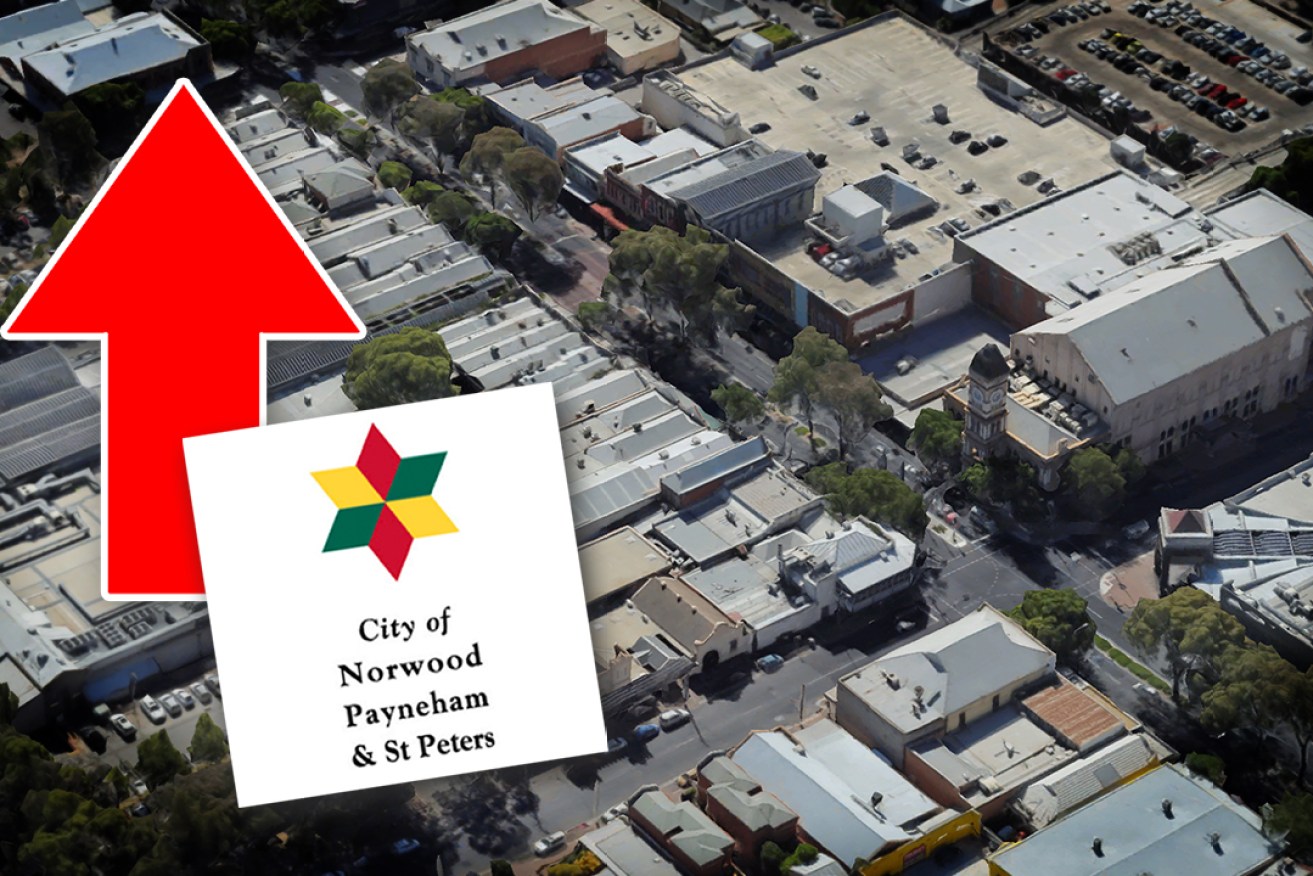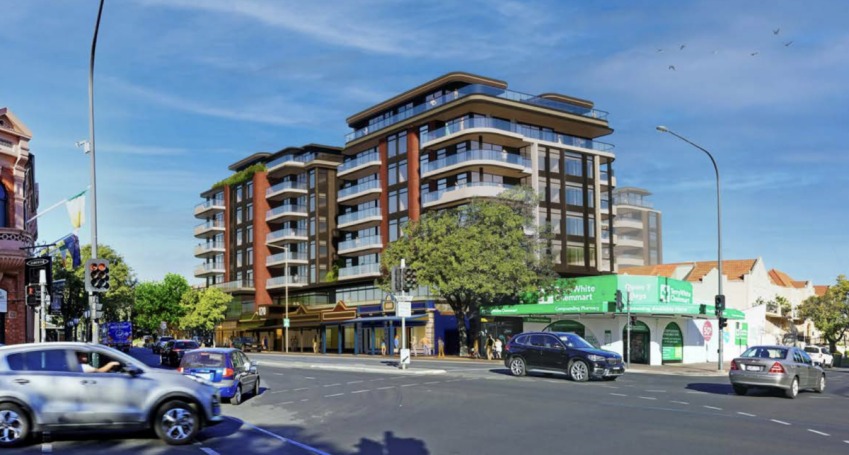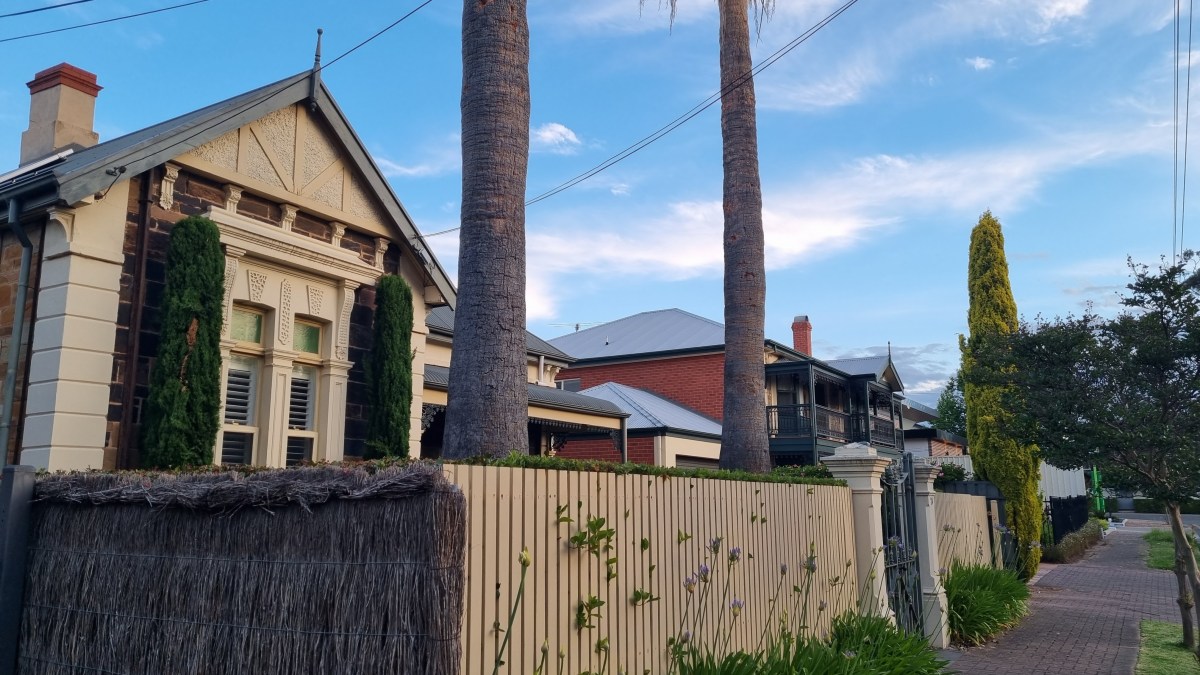Council concern over affordable housing height incentives
An eastern suburbs council has spoken out against a provision in the state’s planning code that allows developers to construct buildings 30 per cent above maximum height limits if they include affordable housing.


The City of Norwood Payneham & St Peters is calling for changes to the state's planning system. Image: Tom Aldahn/InDaily
In a wide-ranging draft submission to the expert panel review of South Australia’s planning system, the City of Norwood Payneham & St Peters argues that “bonus” height incentives in the planning code have led to developments that are “exceeding Code parameters in a non-strategic and non-transparent way”.
Under changes to the planning code rolled out in March 2021, developers were given a range of incentives to incorporate affordable housing into new developments.
Buildings which have a minimum 15 per cent affordable housing can, in some residential zones, be built with less car parking and greater height and density than would be typically mandated under the code.
In many residential zones, this “affordable housing overlay” permits developments to be built 30 per cent taller than the zone’s maximum building height.
It’s this incentive which has drawn the ire of Norwood Payneham & St Peters Council, which in its submission to the planning review laments a “substantial loss of local policy” caused by consolidating 72 council development plans into one statewide planning code.
The council said it has been exploring ways to override the affordable housing incentive.
“There are two policy mechanisms included in the Code which allow 30 per cent additional building heights…: Significant Development Sites (SDS) policy and the Affordable Housing Overlay policies,” the council submission states.
“The Council does not support these mechanisms as it results in developments exceeding Code parameters in a non-strategic and non-transparent way.”
The council said it advocated against the incentives during the transition to the new planning code, “but was obviously unsuccessful”.
“Council staff have recently met with the [Planning and Land Use Services] Code Control Group regarding potential ways the Council can limit, influence or override the ‘bonus height’ policies,” the submission states.
“Staff were informed that, although the concerns were understood, there is ‘little appetite’ for a Commission led change but Councils could explore finding common ground and collectively advocating for policy review.”
Later in the submission, the council expressed its fear the additional height incentive would lead to “ad hoc” development.
“The Affordable Housing Overlay provides policy incentives to include affordable housing which were not previously offered in Development Plans (i.e. the Development Plan stated a standard requirement for affordable housing in large developments without any bonus or incentives),” the council states.
“The Council is particularly concerned about the additional building height as this could have meaningful impacts on surrounding development, particularly as it’s likely to occur on ad-hoc, isolated sites.”
The council voted to approve the planning review submission at its most recent meeting on December 5.
Mayor Robert Bria said the concerns raised in the council’s submission are “not about affordable housing”.
“What we are opposed to, or have concerns about, is the existing policy tools in the code that use affordable housing as a trigger for the additional 30 per cent bonus building height,” he said.
“We don’t think that’s an appropriate tool to use because it’s ad hoc and it doesn’t have any sort of strategic thinking behind it.”
He said under the old system, the council’s development plan mandated the provision of 15 per cent affordable housing for buildings with more than 20 dwellings.
“Developers were required to achieve this – all things being equal – within the height limits specified for the relevant zone or designated areas,” Bria said.
“This previous approach was more transparent and provided greater certainty to citizens and local communities about building height limits.”
In August, the State Commission Assessment Panel approved plans for an eight-storey apartment block on The Parade despite a six-storey height limit for the area.
The $95m development did not include affordable housing but the developers argued it fell under the “Significant Development Site” category, allowing the 30 per cent bonus height.
The City of Norwood Payneham and St Peters objected to the development at the time. Bria highlighted the approval as an example of the council’s concerns with the planning code’s height incentives.

The $95m ORTA development on The Parade benefitted from the 30 per cent “bonus” height incentives, as its location was deemed a “Significant Development Site”. Image: Cheesman Architects/Australasian Property Developments
Norwood Payneham & St Peters is one of South Australia’s most expensive council areas for housing.
An analysis by AI property analytics firm PointData found the median house sale price in Norwood was more than $1.4m in June 2022, while a majority of suburbs in the council’s jurisdiction fetch a median sale price above $1.2m.
Alice Clark, executive director of housing advocacy group Shelter SA, said rising house prices in the area were diminishing the definition of affordable.
“The word affordable has lost meaning here – affordable homes are usually sold at 75-80 per cent of the median house price, and as house values have risen significantly, we must ask who the homes are affordable for,” she said.
“The median house price in Norwood is now in excess of $1.3m, so even a 20 per cent reduction will not provide true affordability for low and medium income households.”

Character homes line the streets of Norwood, one of Adelaide’s most expensive areas for housing. Photo: Thomas Kelsall/InDaily
Clark also said the current zoning policy and its bonus height allowances would not improve either the affordability or availability of housing.
“It should be reviewed to include social housing outcomes rather than ‘affordable’ sales, to help those who are in the greatest housing need,” she said.
“In terms of allowing an extra two storeys in return for an affordable housing component, it seems the concerns raised are more about retaining local character.
“However, all local governments need to take an interest in housing supply, however that looks moving forward, if we are to provide the housing that South Australians need and can afford.”




